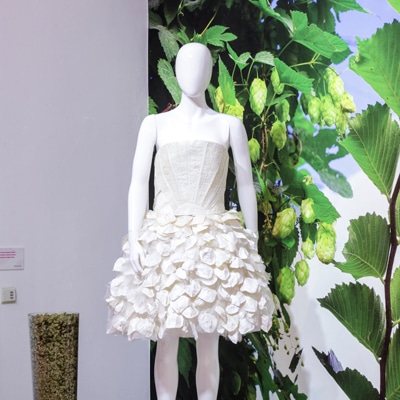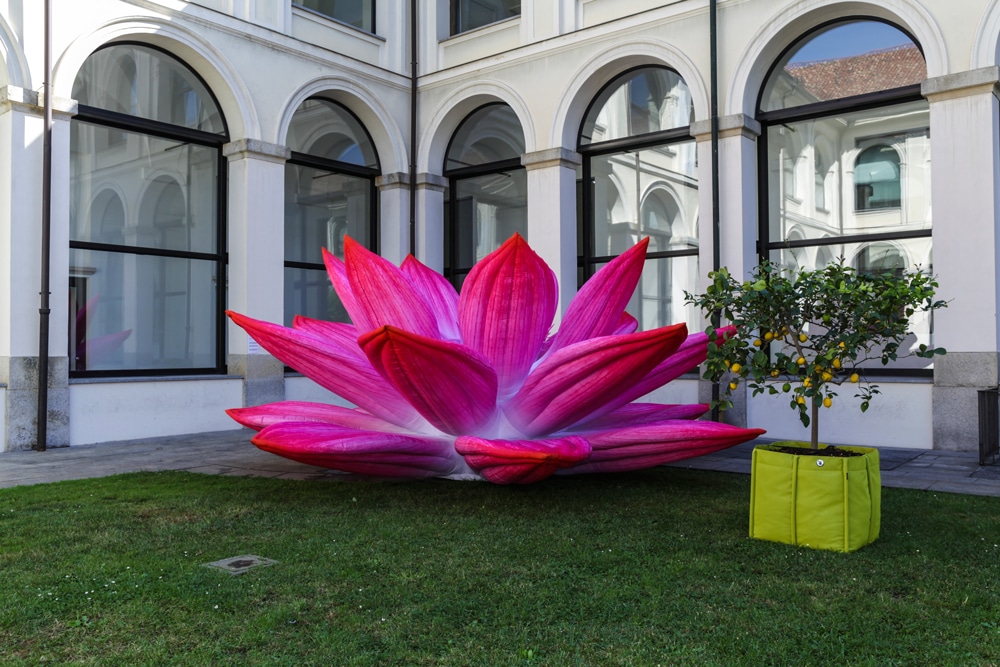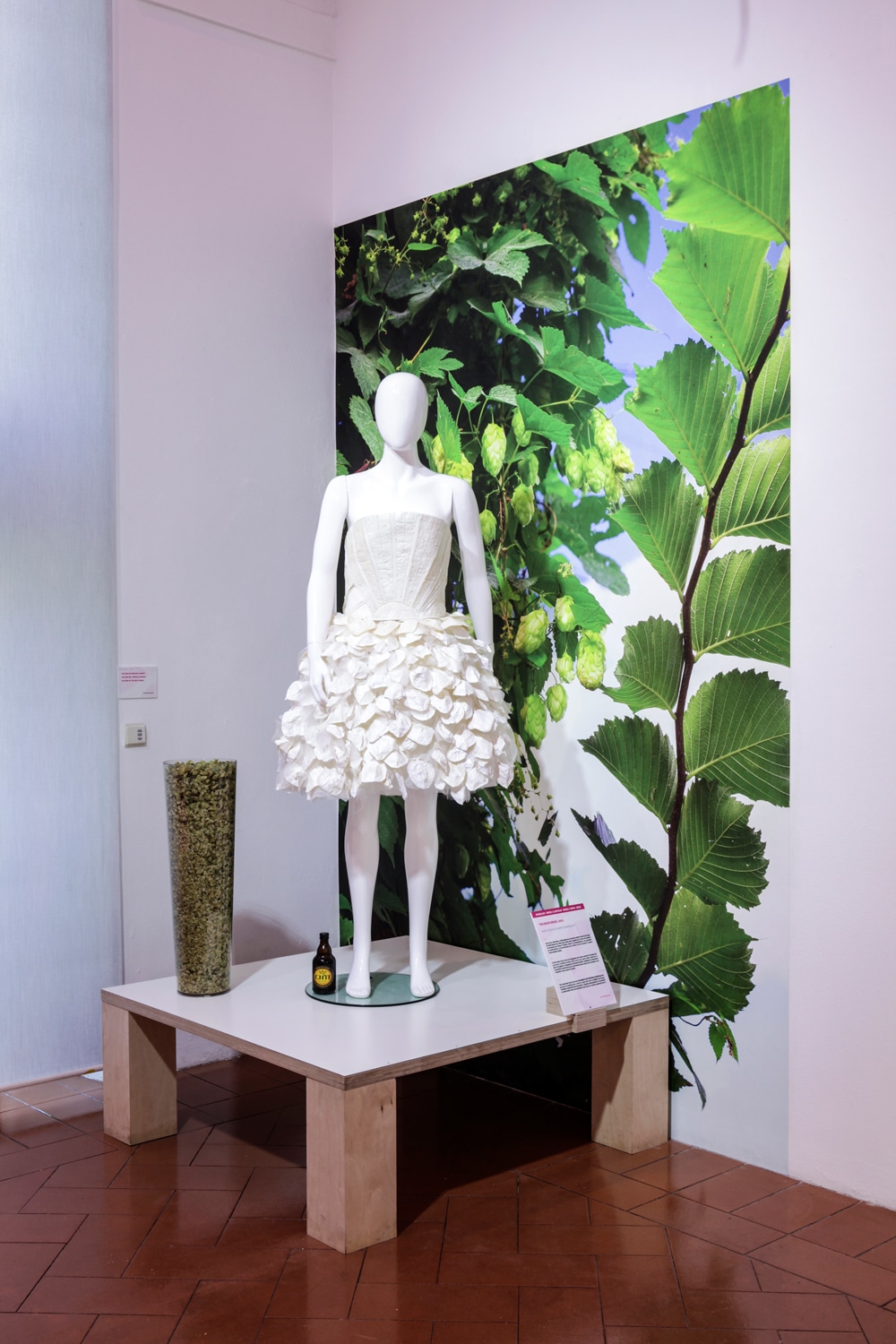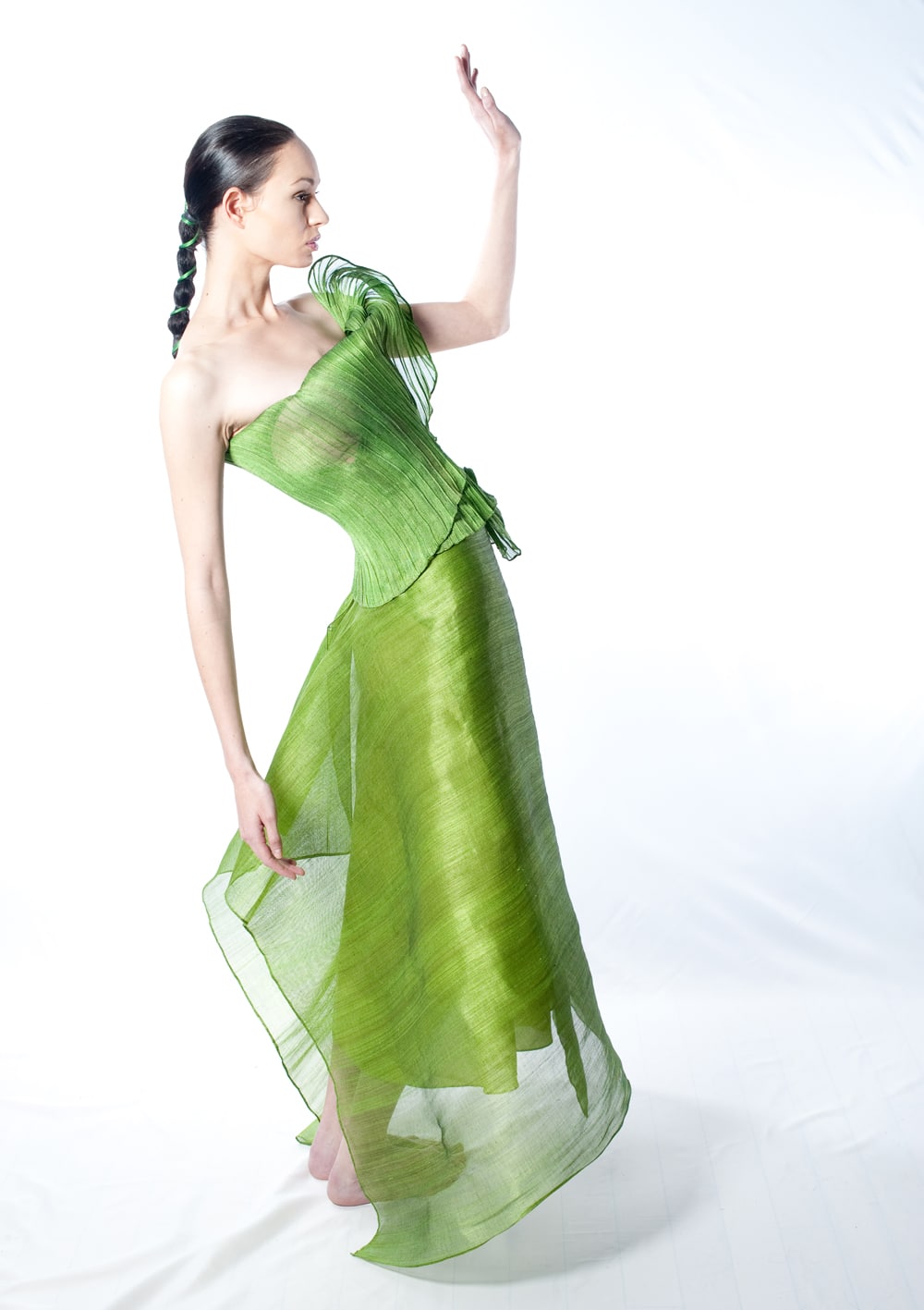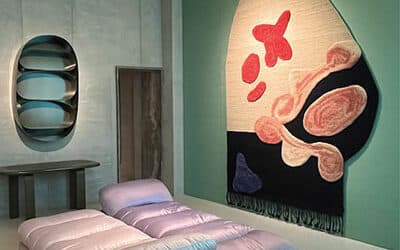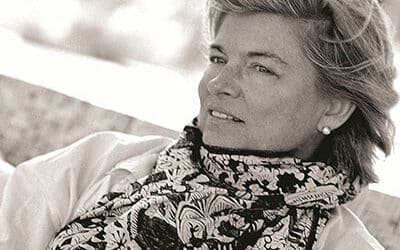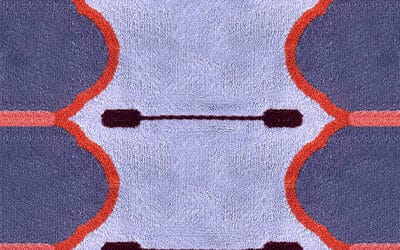France can lay legitimate claim to the title Capital of Global Gastronomy, and its Michelin starred foodie reputation is now joined by France’s leadership in discovering and promoting designers whose sustainable textile products are made from industrial food production waste.
Organised by the city of Lille, Textifood (‘where food and textiles intersect’) is France’s contribution to the Expo Milan 2015, a global event, which is themed ‘Feed the Planet, Energy for Life’ (1 May to 30 October 2015). France’s pavilion showcases designers from multiple countries who are committed to the reuse of food production waste from plants and animals to create fashion and textiles. Textifood’s theme updates earlier French food and textile mashups like Jean Paul Gaultier’s 2004 ‘Pain Couture’, where the perennial enfant terrible fashioned dresses from baguettes baked daily in a make-shift bakery beneath his Fondation Cartier exhibition. But where Gaultier’s focus was allying the artisan traditions of baking and fashion, Textifood designers are responding to the global crises of energy and food poverty, unsustainable consumption, and mounting waste pollution.
Food waste reimagined by exhibitors includes textiles made from oranges, lemons, pineapples, bananas, coconuts, nettles, algae, flax, lotus, mushrooms, coffee, rice, soya, maize, beet, wine, beer, fish and shellfish. Taiwanese company Singtex’s coffee-based fibre S.Café® is used by global sports clothing companies such as North Face, Puma, and Timberland, and in garments created by Textifood exhibitors L’Herbe Rouge and Design Percept. New Zealand design and innovation company The Formary – United Natural Fibers works with corporations and governments to convert waste streams to product outcomes, while researching how to convert food production waste into textiles. Their Mibu fabric is rice straw woven with wool; Juton is jute and cotton, while award-winning WoJo is woven from jute coffee bean sacks provided by Starbucks.
